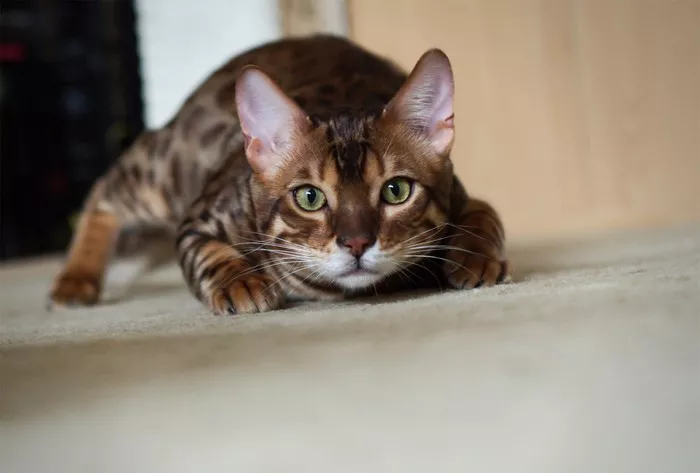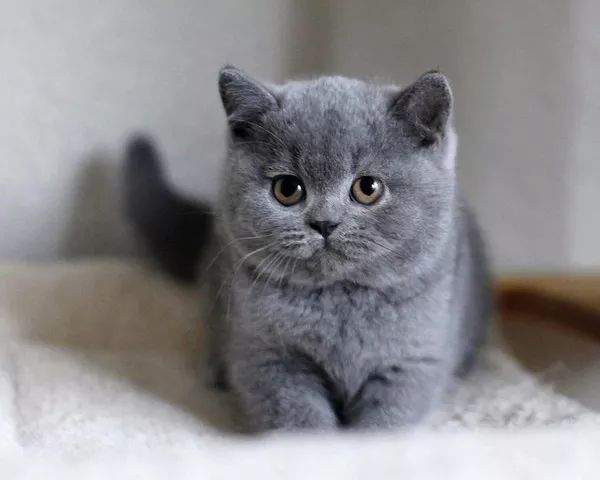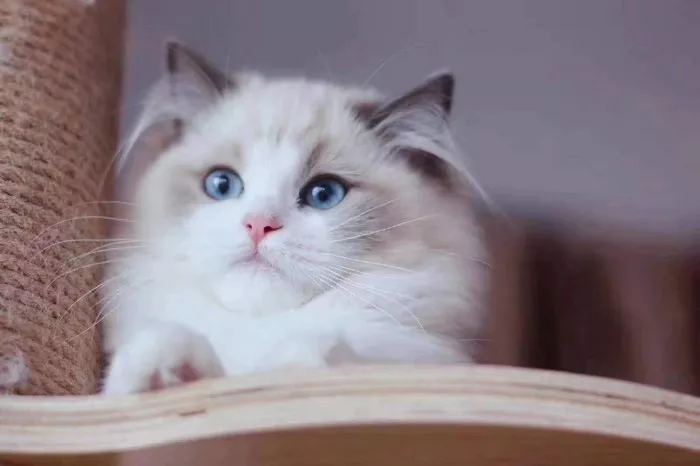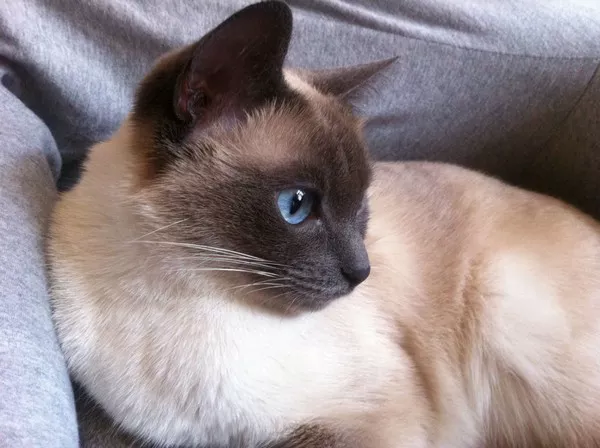Cats are fascinating creatures known for their enigmatic personalities and subtle forms of communication. While they may not use words to express themselves, they communicate volumes through their body language.
How Cats Use Their Tails to Communicate
Cats use their tails as a significant form of communication, expressing a wide range of emotions and intentions through various tail positions, movements, and actions. Here are some common ways cats use their tails to communicate:
Relaxed and Neutral Position: A cat’s tail held straight up or gently curved is usually a sign of contentment and relaxation. This is often seen when a cat is in a comfortable and friendly environment.
Puffed Up Tail: When a cat’s tail is puffed up like a bottle brush, it indicates extreme fear or aggression. The cat is trying to make itself appear larger to intimidate a perceived threat.
Tucked Tail: A tucked tail suggests that a cat is feeling submissive, anxious, or fearful. This is often seen in situations where the cat feels threatened or unsure.
Slow Wagging Tail: A slow wagging tail can signal that the cat is curious or slightly agitated. It’s important to pay attention to other body language cues to interpret the meaning accurately.
Quick Twitching Tail Tip: A rapidly twitching tail tip can be a sign of excitement or anticipation, often seen when a cat is watching something it wants to pounce on, like a toy or a prey animal.
Flicking Tail: A flicking tail can indicate annoyance or irritation. It’s commonly seen when a cat is becoming impatient or is trying to convey that it wants to be left alone.
Lashing Tail: A cat with a lashing or thrashing tail might be extremely agitated or angry. This behavior can precede aggressive actions.
Wrapped Tail: When a cat wraps its tail around another cat, human, or object, it’s usually a sign of friendship, comfort, or marking territory.
Twitching Tail: A tail that twitches rapidly can indicate a high level of excitement, such as during play or when hunting.
Raised Hackles with Erect Tail: When a cat’s fur stands on end (raised hackles) along with an erect tail, it can indicate intense excitement or aggression.
Slow Swishing Tail: A slow swishing tail can indicate a cat’s focus on something it’s observing, possibly preparing to pounce or interact.
Tapping or Quivering Tail: Cats might tap or quiver the tip of their tail when they are feeling playful and excited. This can be seen during interactive play with humans or other animals.
How Cats Use Their Ears to Communicate
Forward and Up: When a cat’s ears are pointing forward and slightly up, it usually indicates that the cat is alert and interested in something. This is a common posture when a cat is curious about its surroundings or is focusing on potential prey.
Slightly Back or Sideways: Ears that are positioned slightly back or to the sides suggest that a cat is in a relaxed and neutral state. This is often seen when a cat is content and not feeling threatened.
Flattened Back: Flattened ears pressed tightly against the head signal fear, aggression, or extreme stress. This is a defensive posture often seen when a cat is threatened, angry, or trying to appear smaller to a perceived threat.
One Ear Back, One Ear Forward: This can indicate mixed emotions. For example, if a cat is curious but also slightly cautious, it might have one ear pointed forward and the other slightly back.
Rotating Ears: Cats can rotate their ears like radar dishes to locate sounds. This behavior helps them pinpoint the source of a sound, whether it’s potential prey or a potential threat.
Back and Flattened with Dilated Pupils: When a cat’s ears are flattened back along with dilated pupils, it’s a sign of extreme aggression, fear, or intense arousal. This can be seen in aggressive confrontations between cats or if a cat feels cornered.
Ears Tilted Back and Down: If a cat’s ears are tilted back and down, it can be a sign of submission or fear. This is often seen when a cat is interacting with a more dominant individual, whether it’s another cat or a human.
Ears Pinned Back and Tail Twitching: This combination can indicate a cat’s heightened agitation and potential readiness to strike. It might be seen when a cat is about to engage in play or pounce on a toy.
Perked Ears with Wide Eyes: When a cat’s ears are perked forward and its eyes are wide, it can indicate intense interest or excitement. This might be seen when a cat is observing something it wants to interact with, like a moving toy.
Ears Moving Back and Forth: Cats might move their ears back and forth rapidly when they are unsure about a situation or feel conflicted. This can be observed in situations where a cat is trying to decide whether to approach something or not.
Facial Expressions
Blinking Slowly: A slow blink is a display of trust and affection. When your cat blinks at you, it’s a sign that they feel comfortable and safe in your presence.
Dilated Pupils: Dilated pupils can indicate heightened emotions. While excitement and playfulness can cause pupils to dilate, fear or stress can also be the cause.
Staring Intently: Intense staring may be an indication of focus or potential aggression. Cats may hold an intense gaze when they are observing something intriguing or assessing a perceived threat.
See Also: How to Give Your Cat a Massage: A Step-by-Step Guide
Conclusion
In conclusion, understanding cat body language is like unlocking a secret code to your feline friend’s emotions and thoughts. By paying attention to tail positions, ear movements, facial expressions, vocalizations, and overall behaviors, you can gain insights into how your cat is feeling and what they need from you. Remember that each cat is unique, and their body language may vary based on their personality and past experiences. Developing a strong bond with your cat involves observing their cues, respecting their boundaries, and responding to their communication in a positive and supportive manner. As you become more adept at interpreting your cat’s silent language, you’ll find that your relationship deepens, and you can provide the best possible care for your beloved feline companion.



























